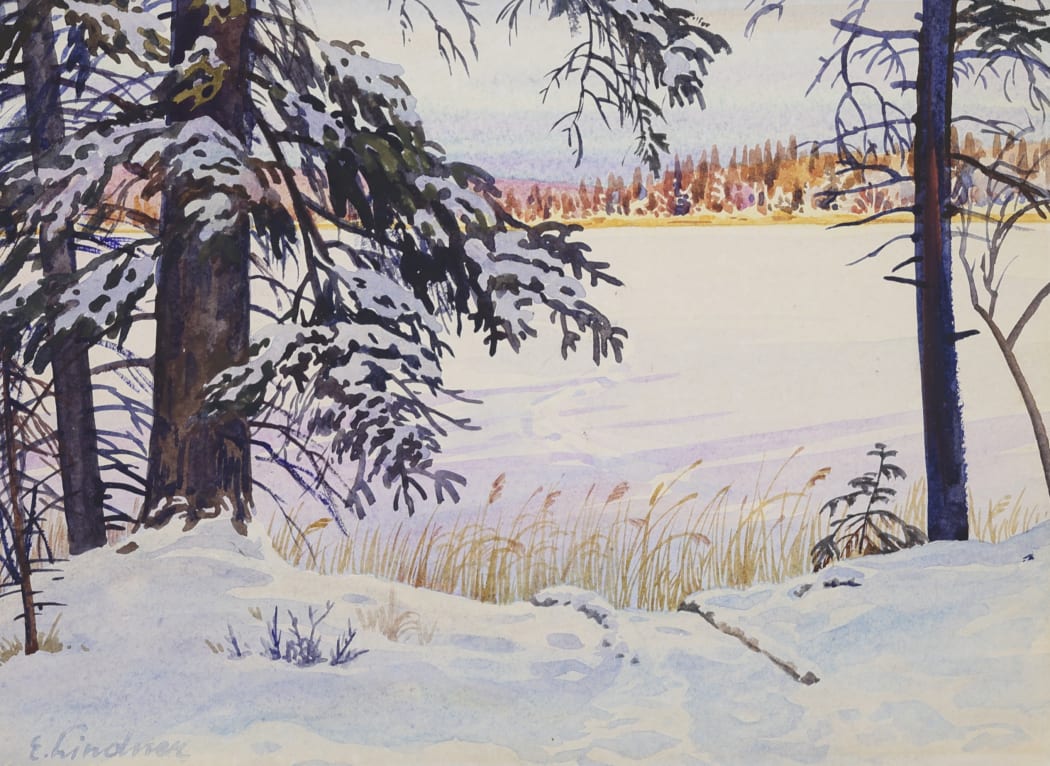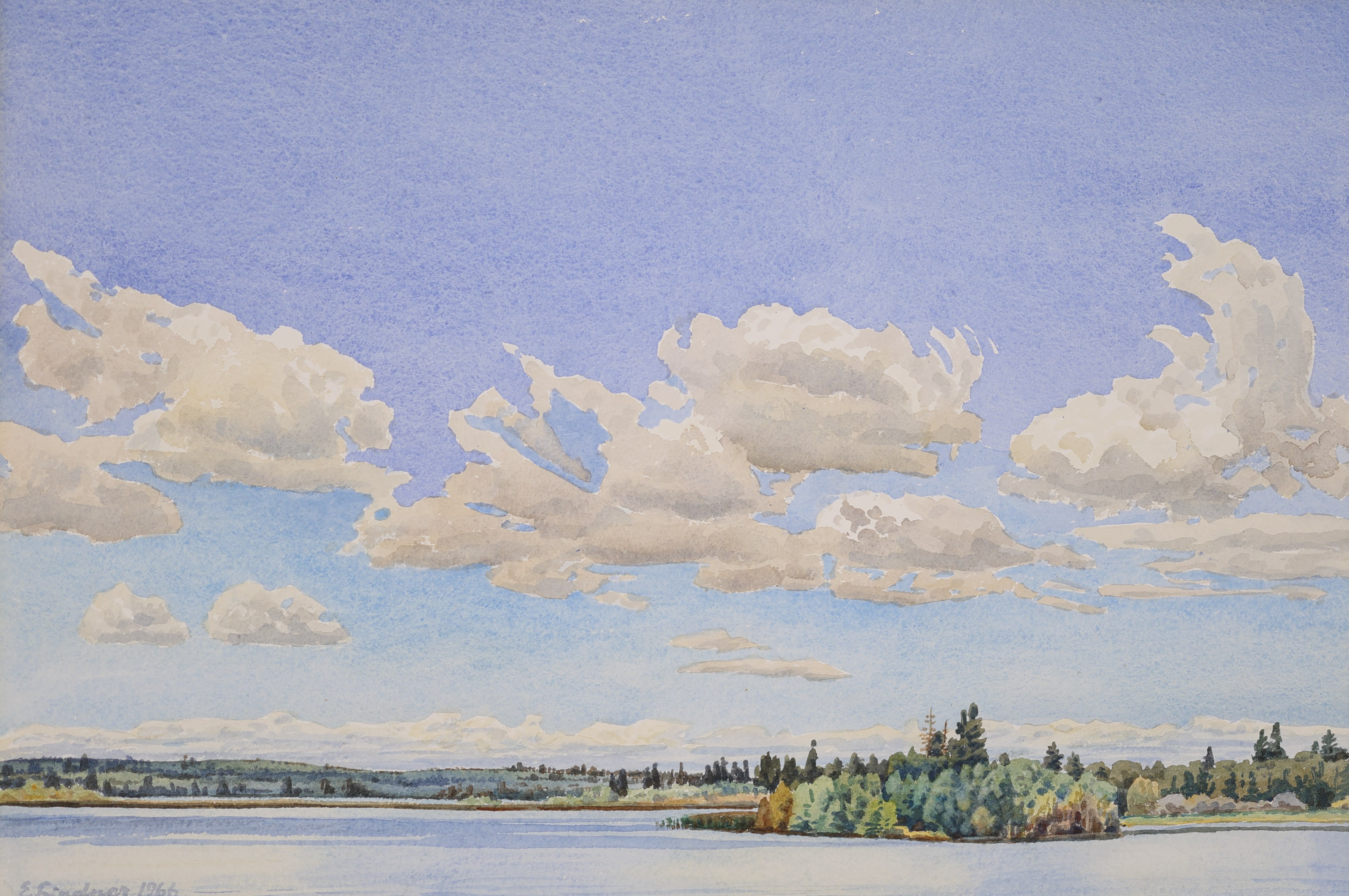
Ernest (Ernie) Lindner, born on May 1st, 1897, in Vienna, Austria, led a life that read like an adventure novel, packed with diverse experiences and a lasting impact on the Canadian art world. This post explores the remarkable journey of Lindner, from his early military service to becoming a pivotal figure in Canada’s art community.

The Winter Trail, 1937
From Military to Art: Lindner's Early Life
Lindner's story began in the midst of the Austro-Hungarian Empire, where he served as a lieutenant in the Joint Austrian Air-force during the tumultuous years of World War I (1915-1918). After the war, his career path took a turn towards more peaceful pursuits. He worked as a bank clerk and contributed to his family's walking stick business, showcasing an early inclination towards craftsmanship and design.
Embracing Art in Canada
In 1926, Lindner made a life-altering decision to emigrate to Canada, a move that would redefine his journey. Settling in, he quickly immersed himself in the Canadian art scene, attending night classes at the University of Saskatchewan under the guidance of Augustus Kenderdine. His passion for art education blossomed, leading him to teach night classes at the Saskatoon Technical Collegiate starting in 1931. Lindner’s commitment to art education was unwavering; he eventually became a full-time instructor and later the Head of the Art Department at the Collegiate, inspiring students until 1962.

Emma Lake, SK, 1966
Enhancing Skills and Embracing Full-time Artistry
Lindner's dedication to his craft took him back to Austria in 1959, where he honed his skills in etching and stone lithography at the Akademie der Angewandten Kunst of Vienna. Following his retirement from teaching, Lindner embraced his career as a full-time artist. He is most renowned for his watercolours and engravings that beautifully capture the Canadian landscape's essence, blending his European influences with the natural beauty of his adopted country.
A Pillar of the Saskatoon Art Community
Lindner's influence stretched far beyond his artwork. He was a central figure in Saskatoon's art community, known for initiating "Saturday Nights" – weekly gatherings that fostered discussions and camaraderie among local artists. His leadership extended to several art organizations, including the Saskatoon Art Association, the Saskatchewan Arts Board, and the Prospectors, Saskatchewan's first professional society of artists. Notably, his influence, along with Augustus Kenderdine, was instrumental in establishing the University of Saskatchewan's annual Emma Lake Artists' Workshops.
Exhibitions and Accolades
Lindner’s works gained recognition both in Canada and internationally. His art was exhibited at prestigious venues like the Canada House Gallery in London and Canadian Cultural centres in Paris and Brussels. Among his numerous accolades, Lindner received an Honorary Doctor of Law Degree from the University of Saskatchewan, was appointed to the Order of Canada, and received a Lifetime Award for Excellence in the Arts from the Saskatchewan Arts Board.
Legacy and Influence
Ernest Lindner passed away in 1988 in Saskatoon, but his legacy endures. His journey from an air-force lieutenant in Austria to a revered figure in Canadian art encapsulates a life devoted to artistic pursuit and education. He left an indelible mark on the Canadian art scene, one that continues to inspire artists and art lovers alike.
Lindner’s story is a testament to the power of embracing change, pursuing passion, and contributing to the cultural fabric of a nation. His life and work remind us that art is not just a medium of expression but a bridge between diverse experiences and communities.
